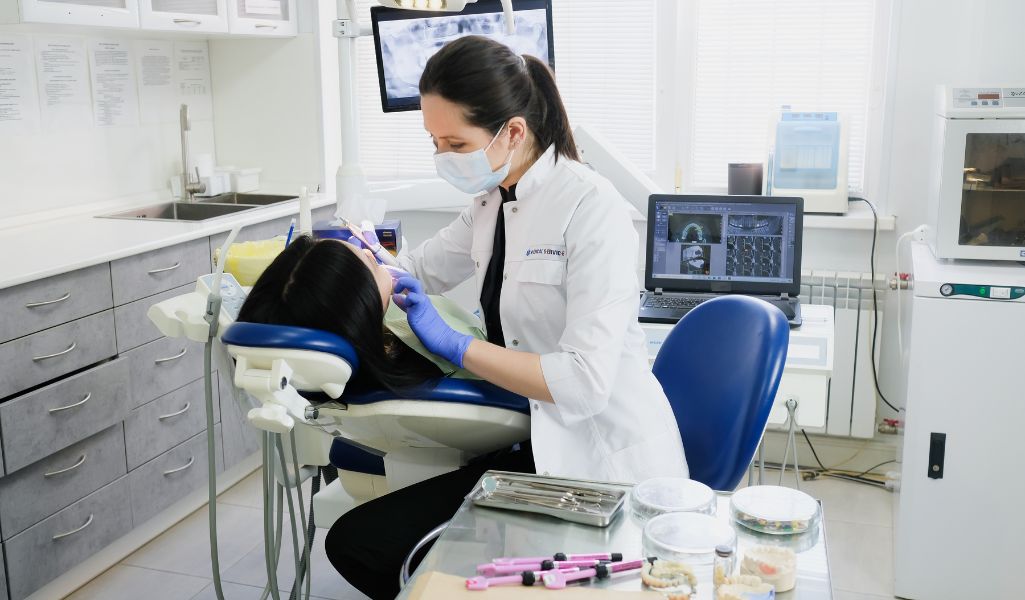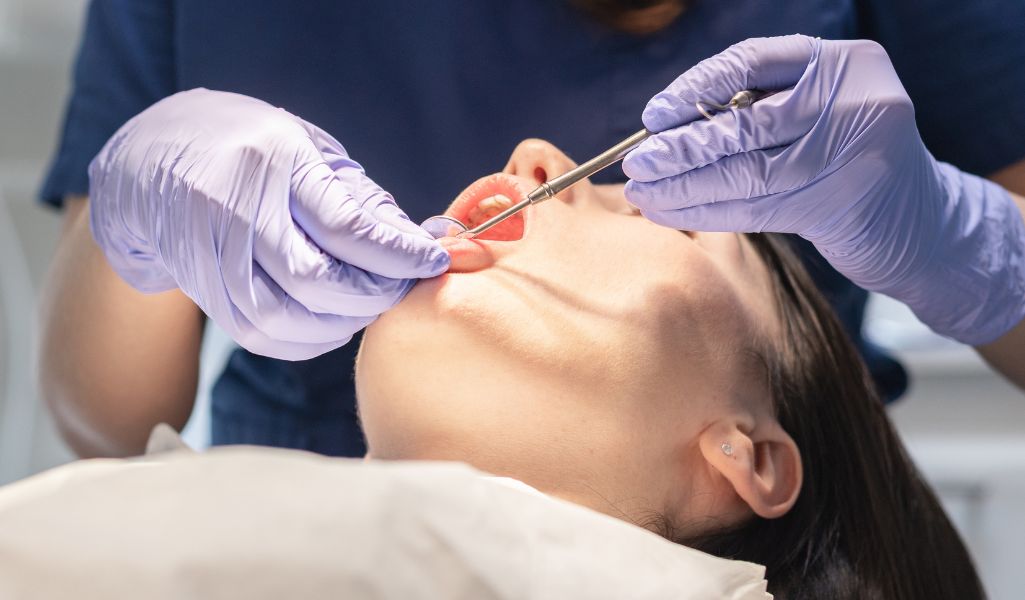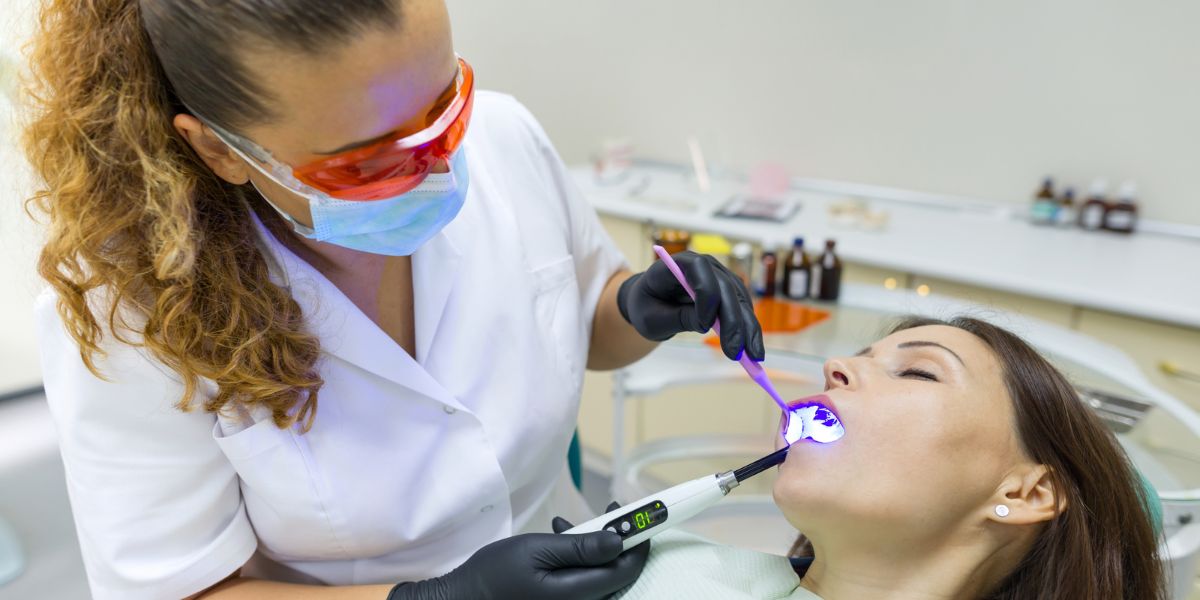A Calm and Comfortable Visit: Why Sedation Dentistry is Perfect for Your Next Checkup
For many people, the thought of visiting the dentist can stir up feelings of anxiety and fear. Whether it's the sounds of dental tools, the anticipation of discomfort, or a past negative experience, dental anxiety is real and can prevent individuals from seeking the care they need. Fortunately, sedation dentistry offers an effective solution to ease your worries and ensure a comfortable, stress-free visit.
If you’ve ever avoided dental appointments due to fear, sedation dentistry might just be the key to overcoming that anxiety and ensuring you receive the care you need. In this blog, we’ll explore how sedation dentistry works, the different types of sedation available, and why it’s an excellent option for your next checkup.
Sedation dentistry involves the use of medication to help you relax and remain comfortable during dental procedures. The main goal is to alleviate anxiety, prevent pain, and create a calm environment throughout the treatment. Sedation can be used for routine cleanings, fillings, or more complex procedures like extractions or root canals.
Patients often choose sedation dentistry when they feel nervous about dental visits, have a strong gag reflex, or experience difficulty sitting still for long periods. Whether you have mild anxiety or need a little extra help to manage a more extensive procedure, sedation dentistry provides a way to ensure a peaceful and safe dental experience.

Sedation dentistry comes in different forms, each offering a varying level of relaxation depending on your needs and the complexity of the procedure. Let’s take a look at the most common types of sedation:
One of the most popular and well-known forms of sedation, nitrous oxide, also known as laughing gas, is inhaled through a mask placed over your nose. It helps you feel calm and relaxed during your appointment. Nitrous oxide is an excellent option for those with mild dental anxiety. The effects wear off quickly after the procedure, allowing you to go about your day without lingering grogginess.
Ideal for: Routine cleanings, fillings, and minor extractions.

Oral sedation involves taking a pill or liquid medication before your appointment to help you feel drowsy and relaxed. The medication takes effect gradually, and depending on the dose, it can produce minimal to moderate sedation. While you’ll still be awake and responsive, you may feel groggy or even forget parts of the procedure afterward.
Ideal for: Individuals with moderate anxiety, or those undergoing longer procedures such as root canals or multiple fillings.
IV sedation is a stronger form of sedation that is administered directly into your bloodstream through an intravenous line. This allows the dentist to control the level of sedation more precisely throughout the procedure. You’ll feel deeply relaxed, and some patients even fall asleep during treatment. Though you may not remember much of the procedure, you can be easily awakened once it’s over.
Ideal for: Patients with severe anxiety or for more complex procedures like wisdom teeth extractions or dental implants.
General anesthesia is the deepest form of sedation, rendering you fully unconscious during the procedure. It’s typically used for major surgeries or for individuals with extreme dental phobias. While under general anesthesia, you won’t feel or remember anything, and the procedure will be closely monitored by trained professionals, including an anesthesiologist.
Ideal for: Major oral surgeries or patients with severe dental phobia.
You might be wondering why you would need sedation for a routine checkup. While sedation is commonly associated with more invasive procedures, it can also be incredibly beneficial for patients with dental anxiety, or for those who experience discomfort during even simple procedures like cleanings.
Here are a few reasons why sedation dentistry could be the ideal choice for your next dental visit:
Dental phobia is a common issue that causes many people to avoid necessary dental visits. For patients with dental anxiety, the very thought of sitting in the dental chair can cause overwhelming stress. Sedation dentistry helps calm those nerves, making it easier to receive the care you need without fear or discomfort.


